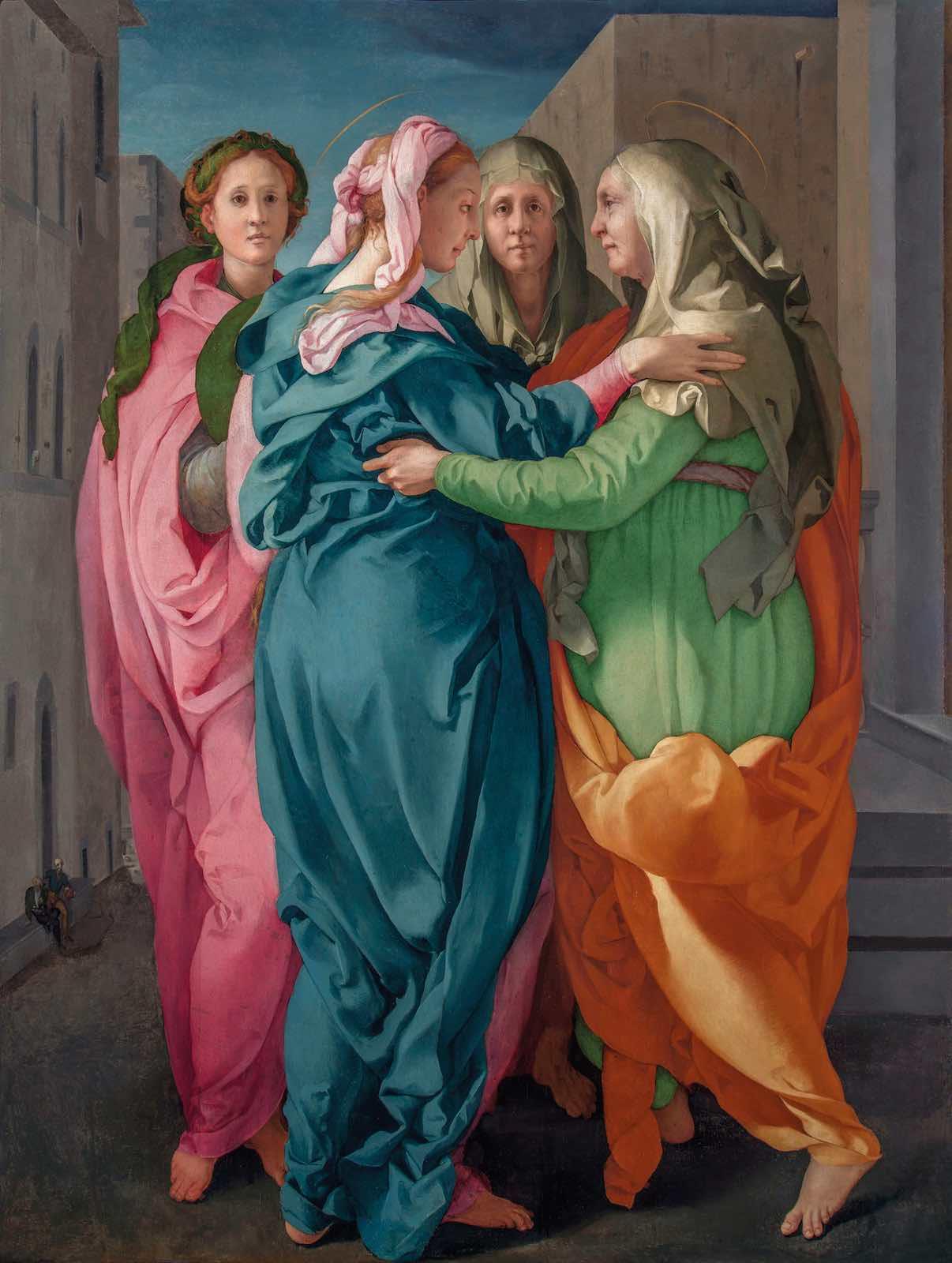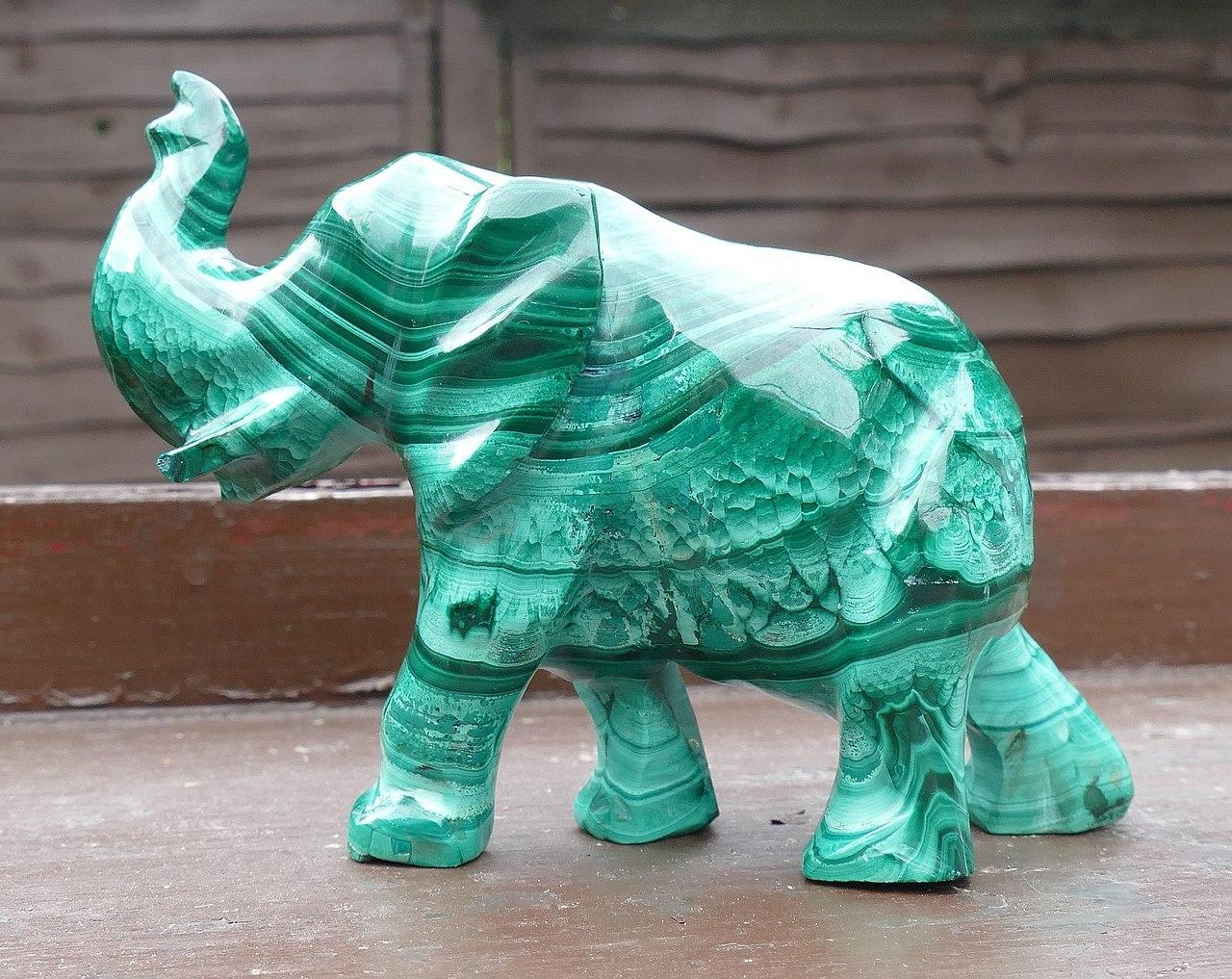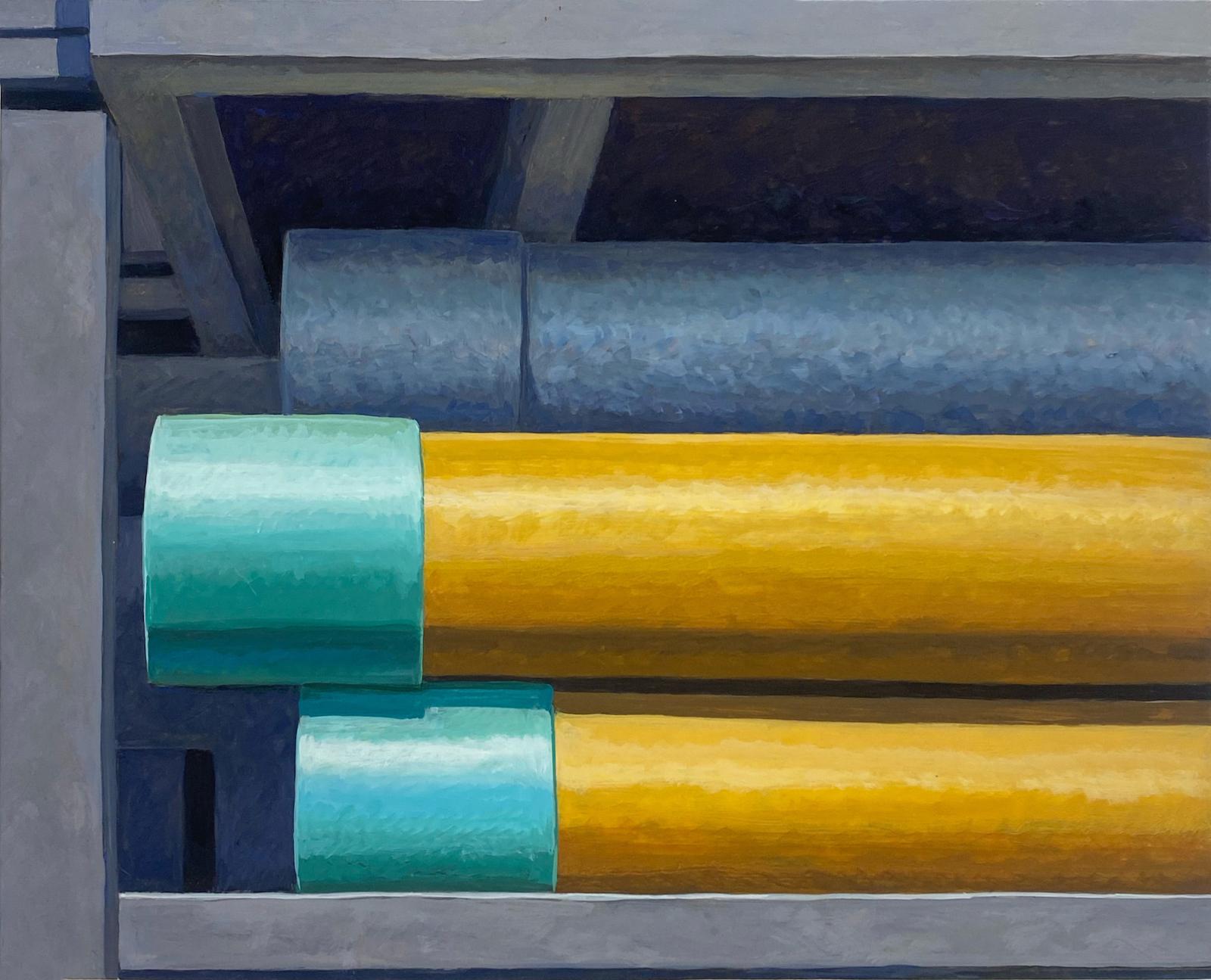In the oil painting Carmignano Visitation by Pontormo, Mary’s teal robe strikingly contrasts with the other three women’s robes. The distinction illustrates her honored position as she was pregnant with Jesus.
Teal offers a striking contrast to blue skies and stormy clouds. Throughout history, the color has been widely used for the domes of mosques, state buildings, churches, sculptures, and monuments. The Iranian Goharshad Mosque constructed in 1418 sported a striking, double-layered teal dome until 1911, when the structure incurred severe damage from Russian bombings. The dome was rebuilt in the 1960s and remains today, its color stands out boldly.
The Statue of Liberty in New York Harbor was gifted by France in 1886 to the United States as a goodwill gesture. Designed by Frédéric Auguste Bartholdi, with metal framework by Gustave Eiffel who designed the Eiffel Tower, the copper statue has since turned a beautiful cyan due to the weathering of copper ore deposits.
Oxidation is produced by a combination of the minerals azurite, malachite, and brochantite. These minerals are considered semi-precious stones and are naturally formed. For centuries, they have been used in utensils, cooking ware, statues, and rooftops.
This elephant figurine is carved out of malachite. The sculpture is a turquoise color leaning more toward green than blue.

































